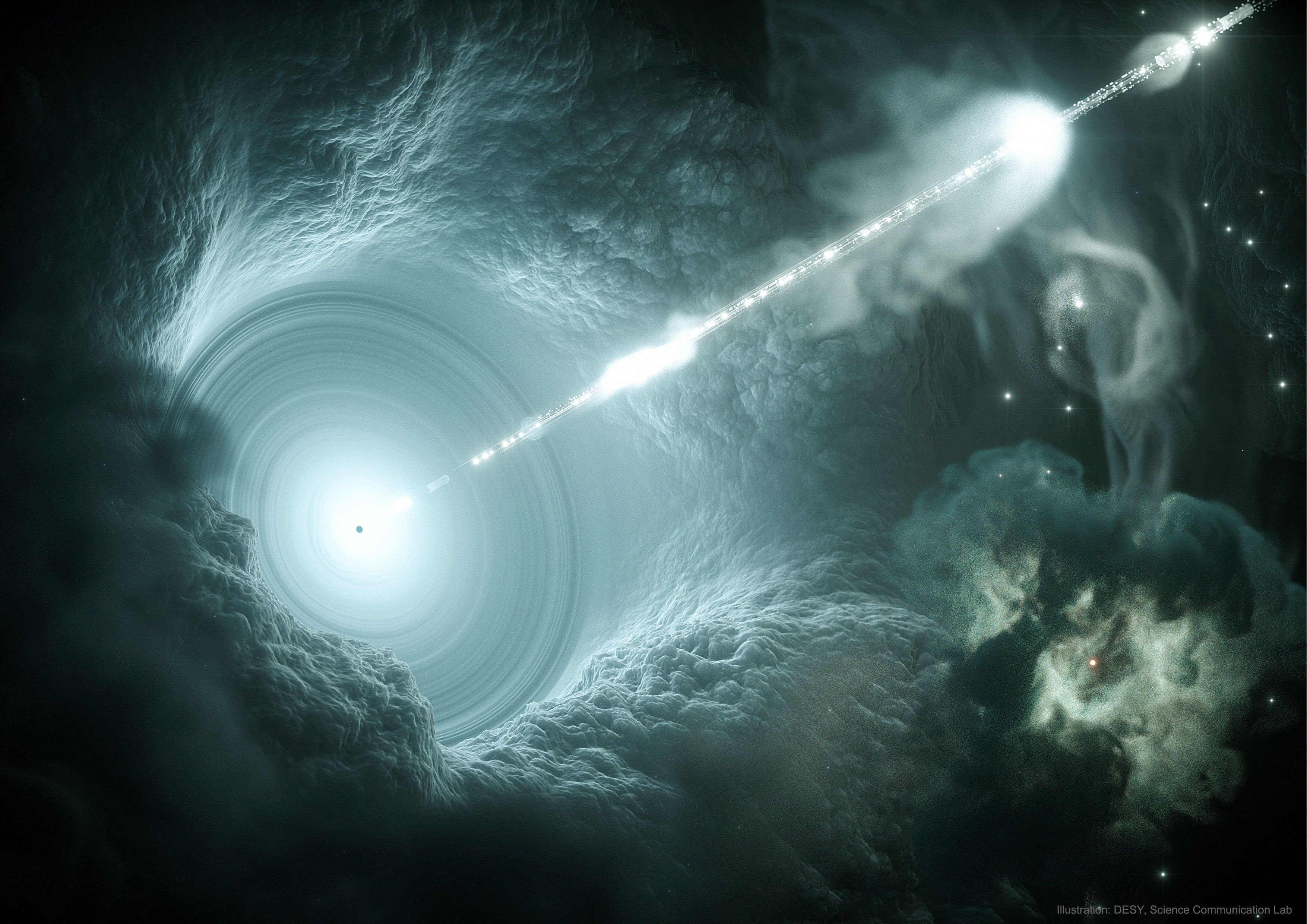Woolly Mammoth Tusk Fossil Fragment
Woolly Mammoth Tusk Fossil Fragment
Matter Subscriber Price:
Couldn't load pickup availability
- Authenticated via Schreger Line examination
Add an authentic Woolly Mammoth tusk fragment to your collection.
During the last Ice Age, what is now the Great Plains of the US teemed with megafauna— mammoths, mastodons, and giant bison roaming through frigid grasslands where winter lingered deep into spring. This tusk fragment comes from a woolly mammoth, Mammuthus primigenius, and dates to roughly 18,000–25,000 years ago, near the height of the Last Glacial Maximum. At that time, meltwater from retreating ice sheets sculpted the region’s valleys and floodplains, burying the remains of Ice Age fauna within shifting sediments. Millennia later, those same rivers expose them again, revealing fragments of a world once dominated by cold, wind, and giants.
Ivory, though often mistaken for bone, is actually a dense dentin—a living tissue once nourished by blood vessels and nerves within the tusk. In mammoths, tusks could grow over 4 meters long, recording age and health in tightly layered rings much like those of trees. Over tens of thousands of years, mineralization transforms this organic material into fossil ivory, replacing collagen with silica, calcite, and iron oxides that tint it in shades of cream, tan, or blue-gray.
Knowing how a piece of ivory can be attributed to a specific species is quite interesting. Under magnification, the surface reveals the key pattern used to confirm its identity: the fine, intersecting V-shaped Schreger lines unique to mammoth ivory. These geometric cross-hatchings, intersecting at specific angles, serve as a diagnostic marker distinguishing mammoths from modern elephants. Each subtle band records cycles of growth, reflecting the rhythm of years spent foraging and migrating across the permafrost plains.
This shard stands as both biological record and geologic artifact—a bridge between the living past and the landscape it once shaped. Within its dense, patterned lattice lies evidence of a vanished heartbeat, extinction, adaptation, and the immense passage of time.

Shop collections containing this item:
Collectible Specimens Fossils In Stock Matter Items Natural History Collectibles Once-Living Paleontology Prehistoric Fossils Storewide Zoology

AUTHENTICITY GUARANTEED
We only list 100% verified authentic items. We work with reputable collectors, and regularly consult with our network of scientists and experts.
-
Free Shipping
Spend $50 to qualify for free US shipping
-
Secure Payments
Pay how you like: Credit card, PayPal, After Pay, Shop Pay, Venmo, Apple/Google/Meta Pay & crypto
-
Simple Returns
Change your mind? No problem. Enjoy easy returns within 30 days.
WE TAKE SCIENCE SERIOUSLY
You deserve better than craft store science products. And we think learning is more impactful when you're holding a tangible piece of what you're learning about. That's why Stemcell exists.
We're dedicated to providing the best scientific products available—whether they're fragments of scientific importance, experimental activities, or just interesting things that scratch your curiosity itch.
With every new product launch, our list of new ideas gets longer rather than shorter. So check in often for our latest projects, and thanks for being a part of our endeavor to make the world a smarter place to live.
Believe in yourself; for everything else, there's science.
— TERRY MUDGE, FOUNDER & SCIENTIFIC DIRECTOR
